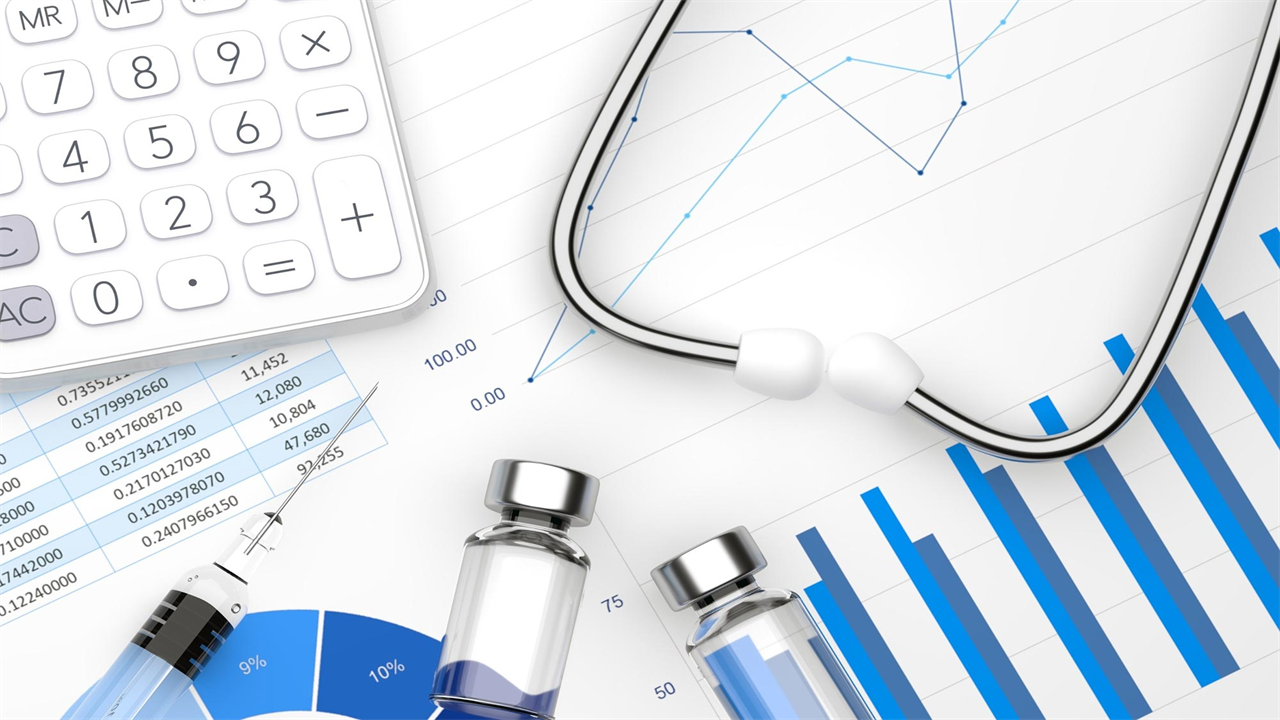Achieving High COVID-19 Vaccine Coverage Levels by Summer Can Prevent Millions of Cases and Save Billions of Dollars
0 View
Share this Video
- Publish Date:
- 6 May, 2021
- Category:
- Covid
- Video License
- Standard License
- Imported From:
- Youtube
Tags

New study shows that if the United States vaccinates half of its population against summer versus fall, 6.8 million cases could be prevented and $ 9.8 billion saved in social costs
With about 30 percent of the U.S. population fully vaccinated, the number of daily vaccinations is beginning to decline, raising concerns that more effort and investment may be needed to achieve higher coverage. A study published in the Journal of Infectious Diseases on May 6, 2021 shows the lives, hospitalizations, and costs that can be saved by even a relatively small increase in vaccination coverage and reaching higher vaccination coverage levels more quickly (e.g., by the end of summer). versus fall / winter).
The study was led by researchers from PHICOR (Public Health Informatics, Computational and Operations Research) at the CUNY Graduate School of Public Health & Health Policy, the National School of Tropical Medicine at Baylor College of Medicine and the Johns Hopkins Center for Health Security . The team developed a computer simulation model of the entire US and the spread of the COVID-19 coronavirus throughout the country. Using the model, the team was able to simulate vaccinating different parts of the population at different rates with different types of COVID-19 vaccines. Like real people, each of these virtual people can become infected with the virus and develop various symptoms over time and, depending on the severity of those symptoms, visit clinics, emergency departments or hospitals. These, in turn, would entail additional costs, allowing for various medical costs and productivity losses to be tracked.
The study showed that going from 30 percent vaccination coverage to 40 percent coverage could save 24.3 million cases and $ 33.1 billion in direct medical costs and productivity losses. Going from 50 percent to 70 percent coverage can save 9.5 million cases and $ 10.8 billion in direct medical costs and productivity losses.
In fact, even relatively small increases in vaccination coverage can prevent thousands of cases and lives and cost hundreds of millions. For example, the results of the model showed that every 1 percent increase between 40 and 50 percent of the U.S. population vaccinated by the fall could prevent 1.6 million cases, 60,190 hospitalizations, and 7,100 deaths and $ 674.2 million in direct medical costs and $ 1.5 billion in direct medical costs. productivity losses. Any 1 percent increase between 50 and 70 percent can prevent 473,900 cases, 17,600 hospitalizations, 2,000 deaths, and 537 million direct medical costs and loss of productivity.
The study also stressed the importance of achieving higher coverage levels as soon as possible. For example, speeding up vaccinations to reach 50 percent coverage by July 2021 instead of October 2021 would add 5.8 million cases, 215,790 hospitalizations, 26,370 deaths, $ 3.5 billion in direct medical costs, and $ 4.3. billion in productivity losses.
The results suggested that it would be particularly important to have as many people as possible fully vaccinated before early winter. The model included changes in virus transmission that occurred with the changing seasons in 2020, when peaks occurred during the winter months, and predicted what could happen in 2021. For example, when 50 percent of the US population is vaccinated by October By 2021 instead of the end of December 2021, 6.6 million cases, 252,260 hospitalizations, 29,380 deaths, $ 4.0 billion in direct medical costs and $ 8.0 billion in productivity losses were saved.
“The results of this study can give policymakers, community leaders and other decision-makers an idea of how much could be invested in vaccinating those who may be more difficult to vaccinate,” explained Sarah Bartsch, MPH, lead author and project director of the study. for PHICOR. “Such investments can eventually pay for themselves. For example, the potential cost savings exceed the Biden Administration’s $ 1.5 billion community outreach and media campaign. Our results show that an increase in total vaccination coverage by just one percent could cover the cost of this effort. “
“The longer it takes to reach higher vaccination coverage and herd immunity thresholds, the more the virus can spread,” said Bruce Y Lee, senior author of the study, executive director of PHICOR and professor at CUNY SPH. “It may be especially important to reach higher cover levels before late fall to avoid another winter surge.”
In addition, the study showed that increasing vaccination coverage was more valuable than using vaccines with higher efficacy. For example, we found that achieving 70 percent coverage with a 70 percent effective vaccine can save 2.1 million cases and 5.5 billion in medical costs and productivity losses compared to 50 percent coverage with a 90 percent effective vaccine in same period. This demonstrates the value of using all of the Covid-19 vaccines available to get more people vaccinated as soon as possible, rather than focusing only on those with the highest effectiveness. As more infectious variants are circulating, potentially decreasing the effectiveness of the existing Covid-19 vaccines, this can help alleviate concerns about continuing with the existing vaccines or waiting for an updated version.
Reference: May 6, 2021, Journal of Infectious Diseases.
DOI: 10.1093 / infdis / jiab233










